How to warm up your first floor – 7 expert tricks to hold heat downstairs for a cozy winter
Don’t limit coziness to the bedrooms – here’s how to heat the bottom level of your home equally
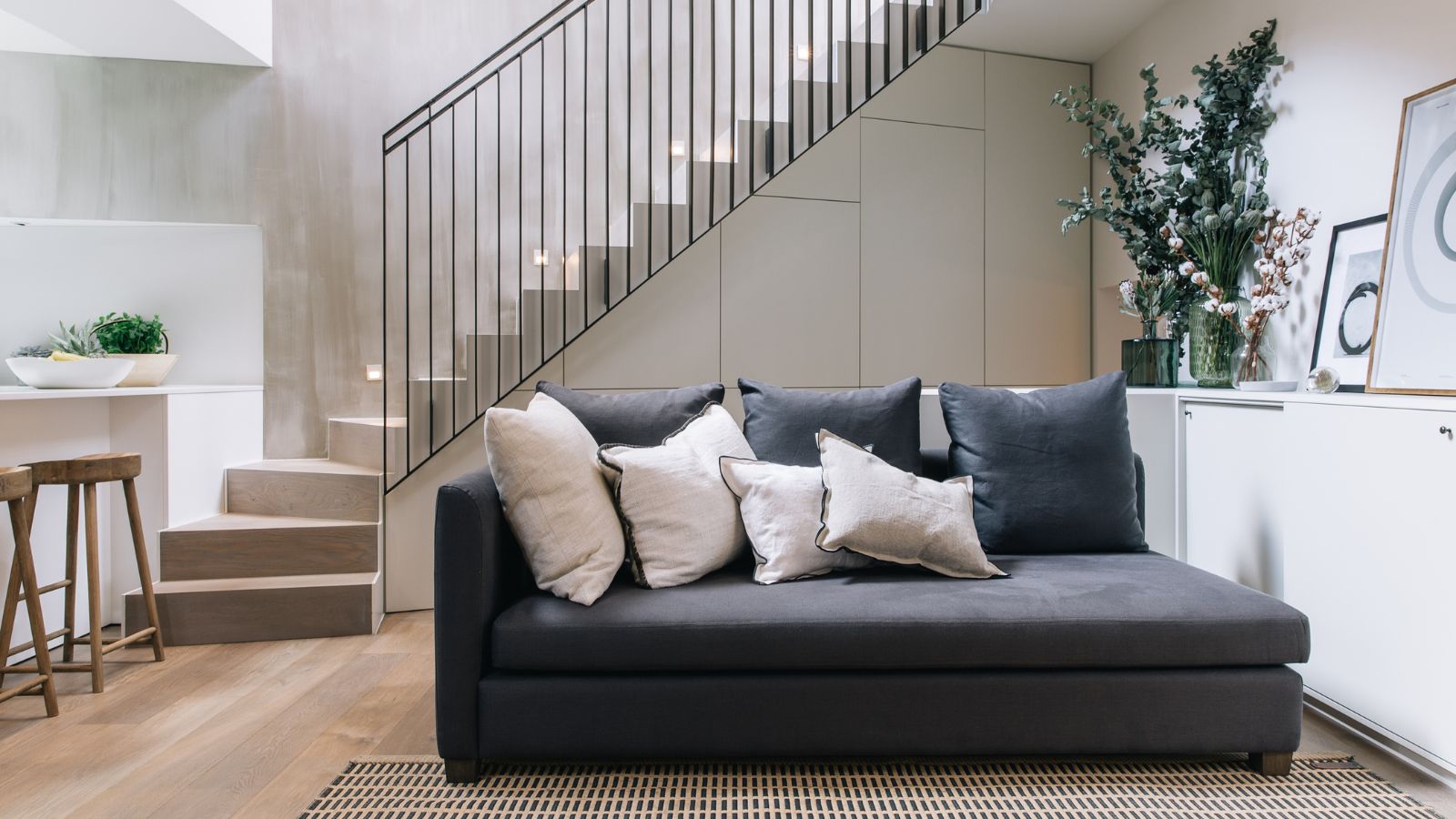
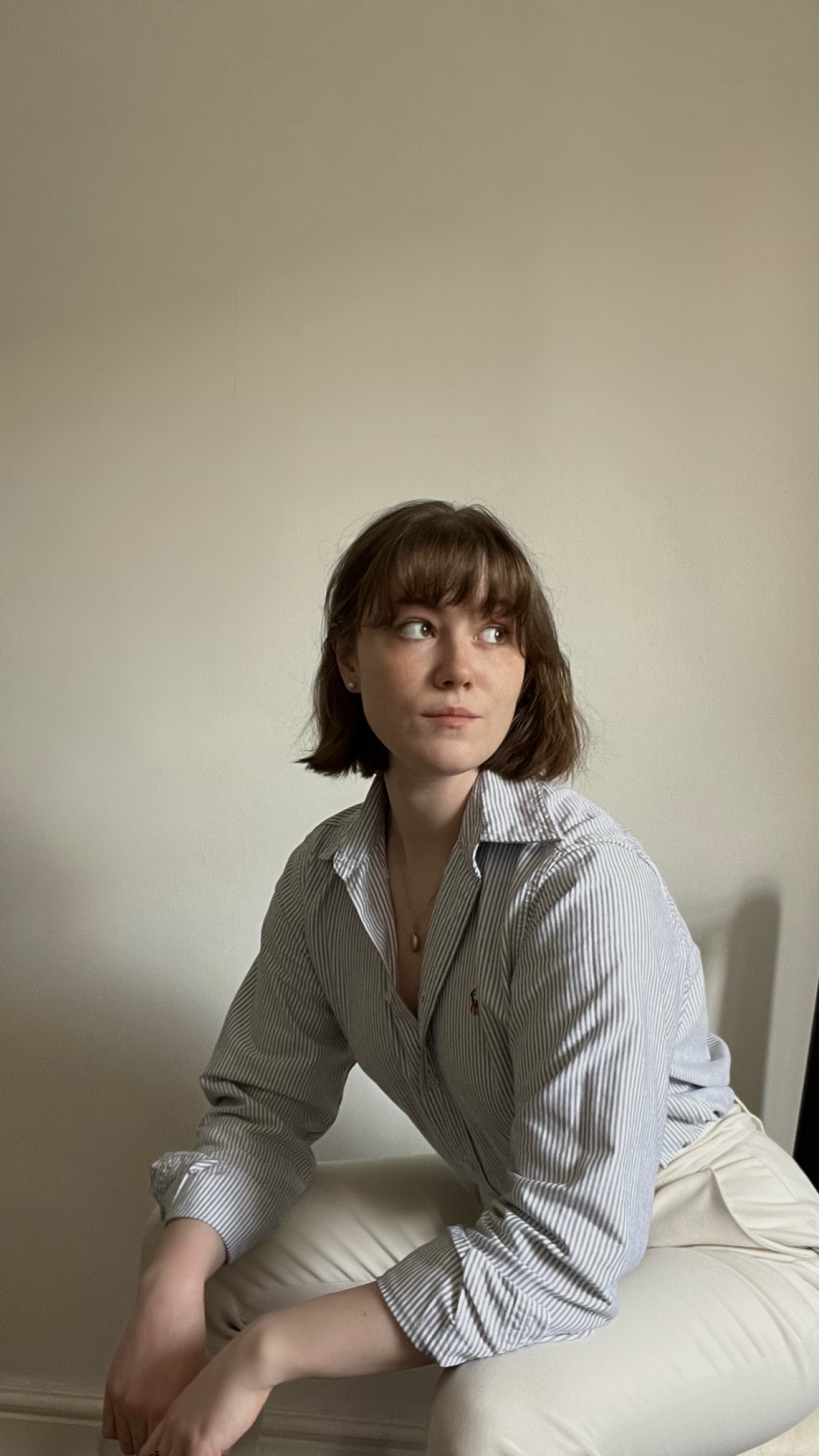
If heading downstairs in your home feels like swapping a cozy cocoon for a chilly fridge, you are not alone. Heating the bottom floor of a house can be tricky given that heat naturally rises – but it’s not impossible.
There are several things our pros say you can try to warm up your first floor, from quickly insulating your entryways to more permanent installations such as mini-split systems.
Here, HVAC experts and heating contractors explain how you can keep the heat more evenly distributed throughout your property to keep your home warm all day.
How to warm up your first floor
Keeping a home warm without turning up the heat ultimately comes down to minimizing heat transfer (and loss) throughout your property. Here’s how the pros do it for first-floor spaces.
1. Block up unused chimneys
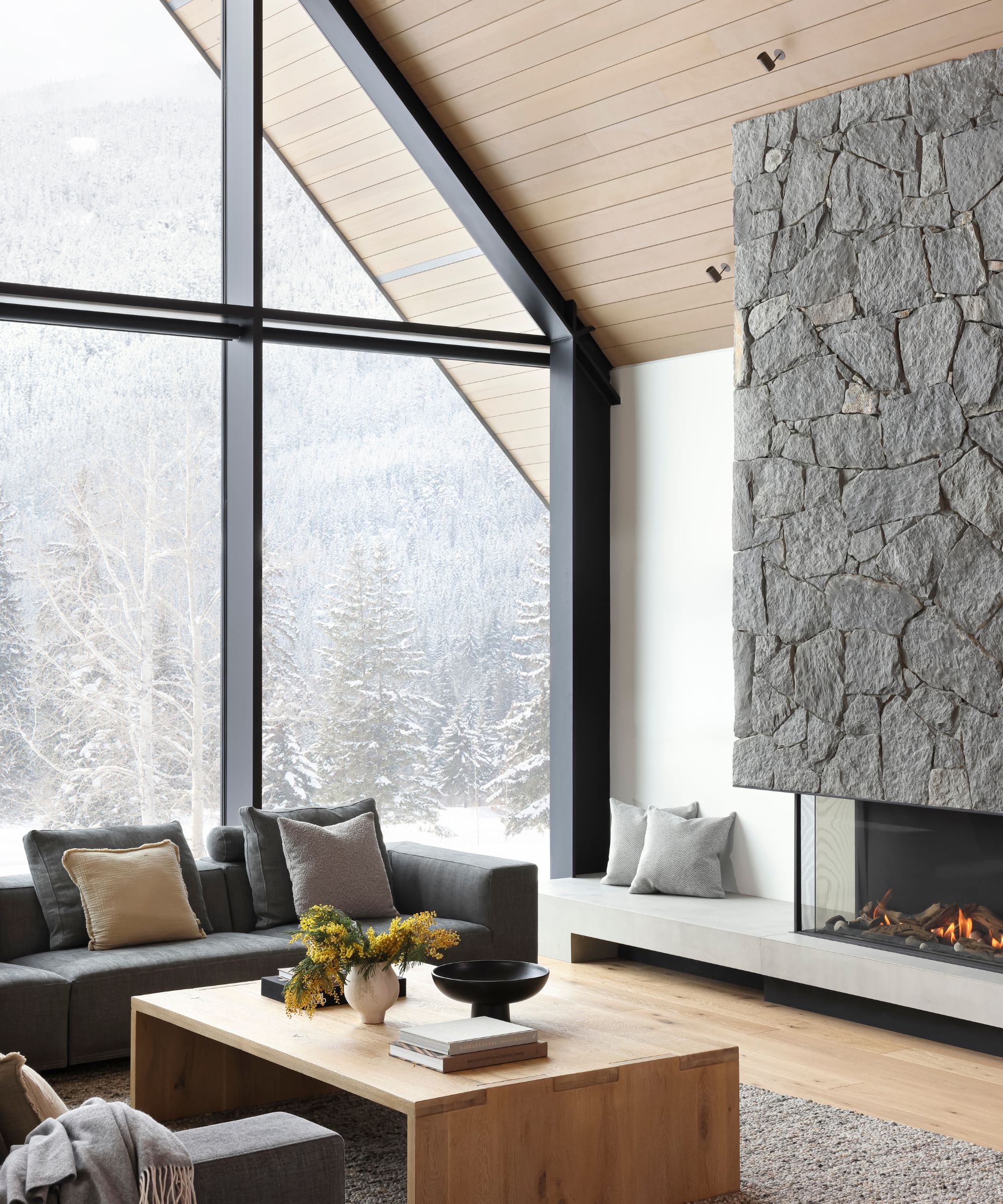
One of the biggest causes of drafts on first floors is unused fireplaces. Draftproofing a fireplace is a great way to eliminate hot and cold spots in a home while cutting energy bills.
Ty Pennington, home renovation expert and brand partner at American Standard Heating and Air Conditioning says, ‘I’m a big fan of fireplaces but if you have an older home with a fireplace that isn’t working properly, the chimney and flue may be allowing cold air straight down into your house. If this is the case, I would suggest fixing it, or sealing it up completely if you don’t intend to use it, so your home can stay warm, and your heating bills don’t increase.’
You can buy special FlueBlocker chimney flue-blocking pads in varying sizes from Amazon to make blocking and unblocking a chimney between uses easier, too.
2. Or invest in a fireplace
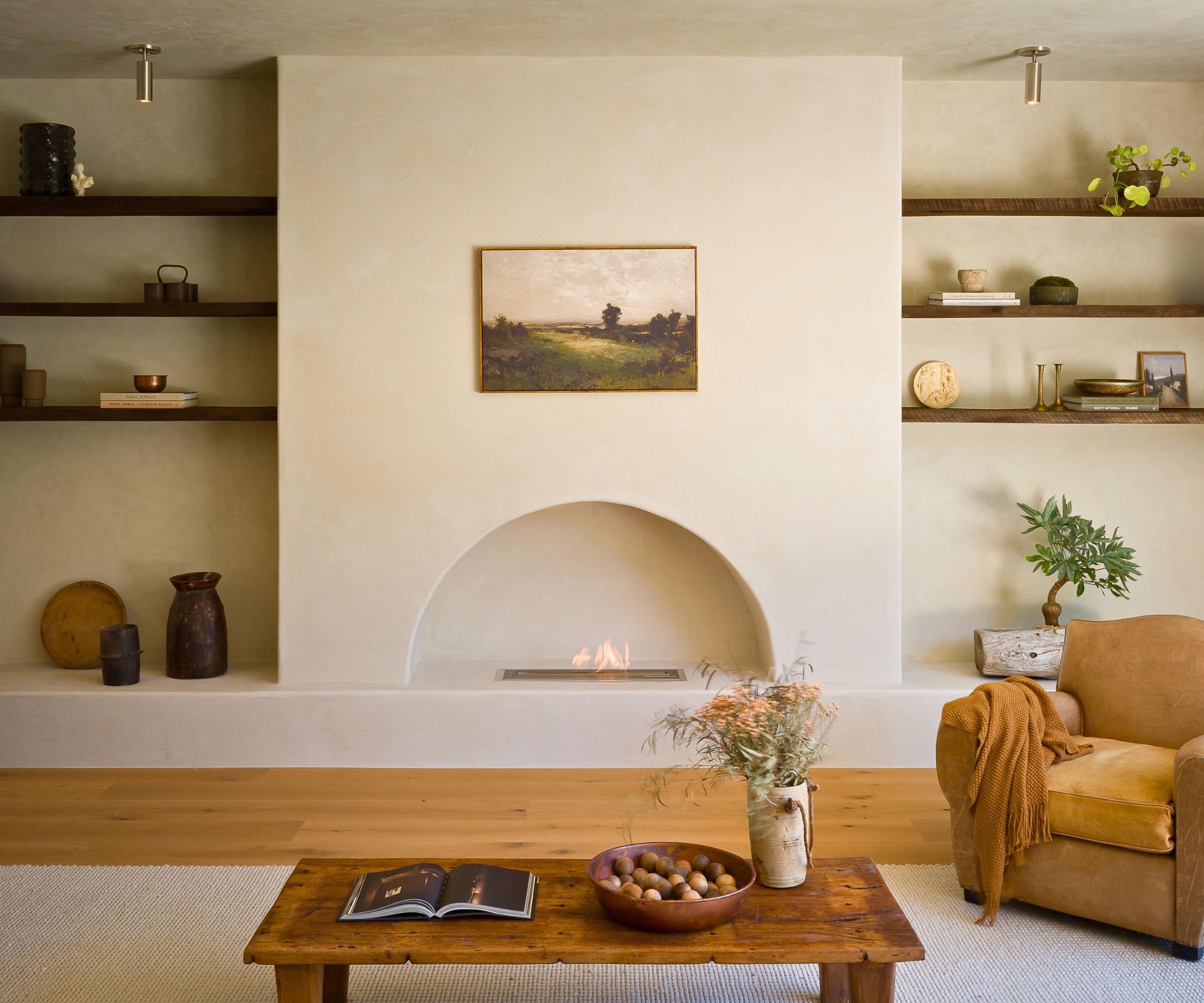
Alternatively, if you want to boost your home heating type, consider adding a fireplace to a house to bolster your lower floor temperatures, suggests Ty Pennington, home renovation expert.
He says, ‘If your house doesn’t have a traditional fireplace, homeowners can invest in gas or electrical options that can be installed and operate more as an electrical heater for your first-floor rooms. As a designer, I look for ones that have a comfier and homier look, but still provide that extra warmth, so you can enjoy those areas of your home where you spend the most time.’
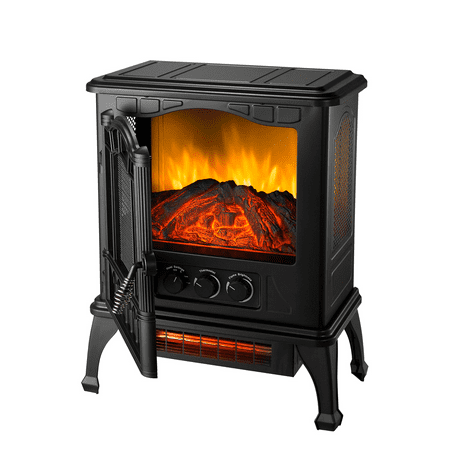
If your room is 160 square feet or less, this affordable electric heater may be the perfect solution for heating it up without enormous energy or building costs. It has an adjustable thermostat and multiple safety features including tip-over switch off. Its exterior remains cool to the touch, too.
3. Insulate your lower level
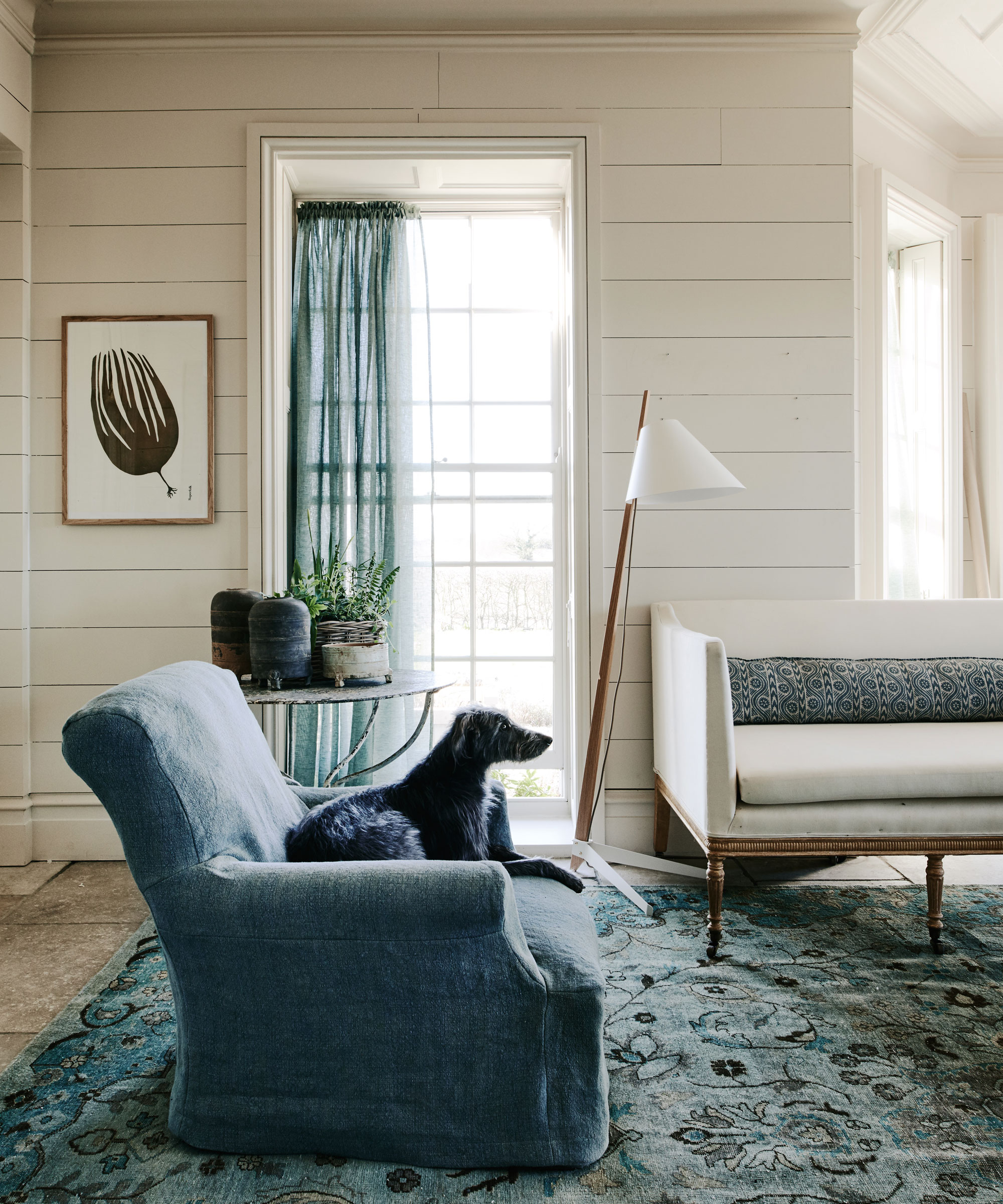
Knowing where to insulate a home to keep it warm all winter will make a big difference to the temperature of your first floor.
Timothy Wood, founder and CEO of Fix It Today says, ‘You can remedy this without necessarily turning up central heating by improving insulation in the area, especially on the floor. If possible, you can consider insulating the crawl space, preferably with spray foam to ensure a continuous insulation barrier while sealing gaps at the same time. You can then place rugs on the floor to further enhance the insulating effect.’
Josh Mitchell, HVAC technician and owner of Air Conditioner Lab adds, ‘Insulating your home is important. Ensure your first floor's windows and doors are well-sealed. Check the insulation in your walls and consider adding more if needed. Proper insulation can keep your first floor warmer and reduce overall heating costs.’
Head of Solved, Punteha van Terheyden noticed her home's entryway was ice-cold and found a draft under the front door. She says, 'It was zapping the heat from our living room and forcing our thermostat on, overheating the upstairs and never quite warming the lower level of our home.'
She fixed it by installing self-adhesive weather stripping from Amazon under the front door, and keeping the internal closed between the entryway and living room.
Punteha adds, 'The change was instantaneous. The difference this one affordable addition has made to the heating comfort of our first floor is incomparable.'
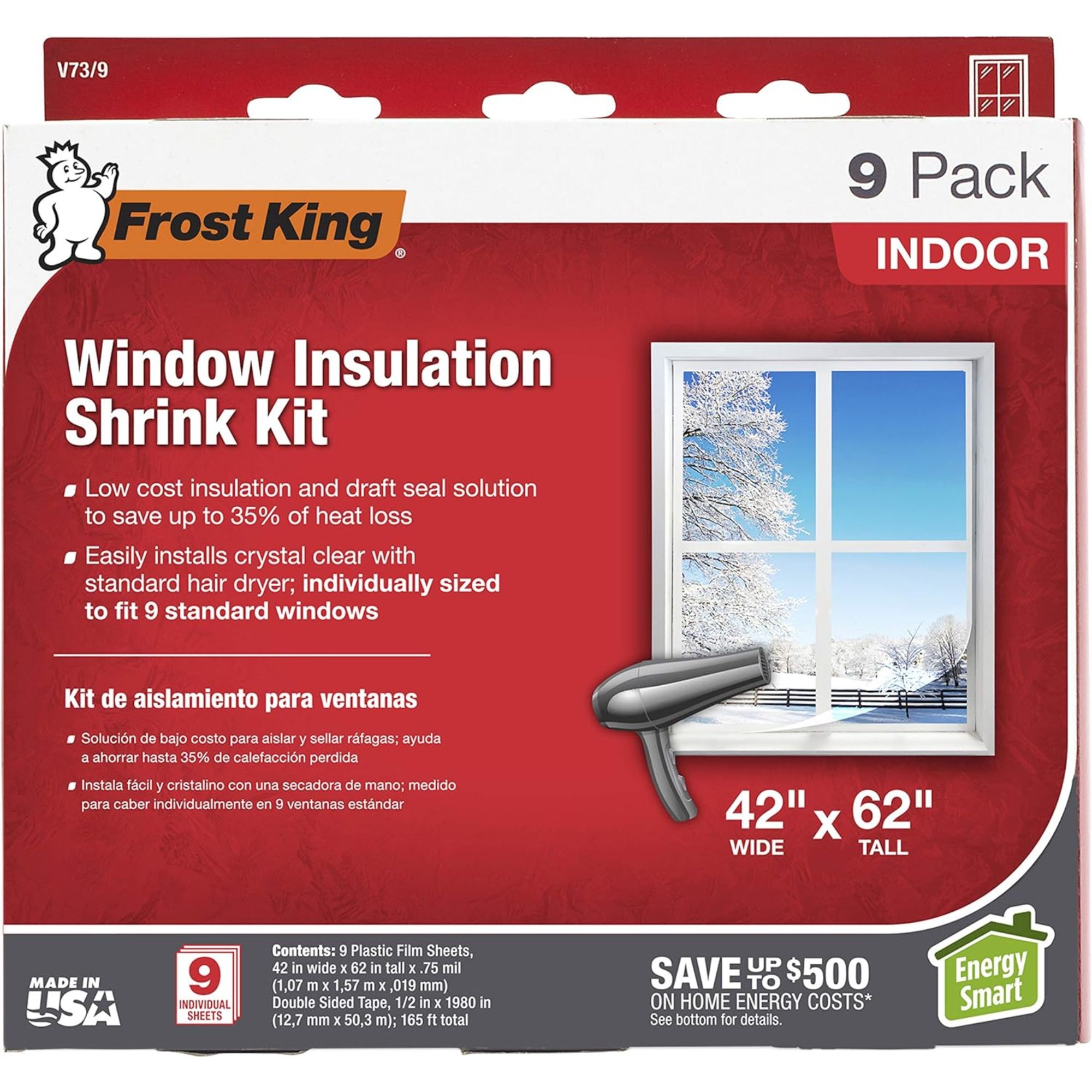
This product applies crystal clear, and is highly durable, tight and wrinkle-free to add an extra level of insulation to your windows.
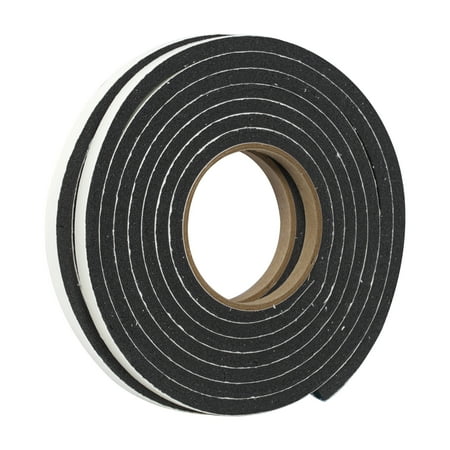
Sticking foam stripping around doors and windows will ensure a tighter seal to limit air transfer, keeping warm air in and cold air out .
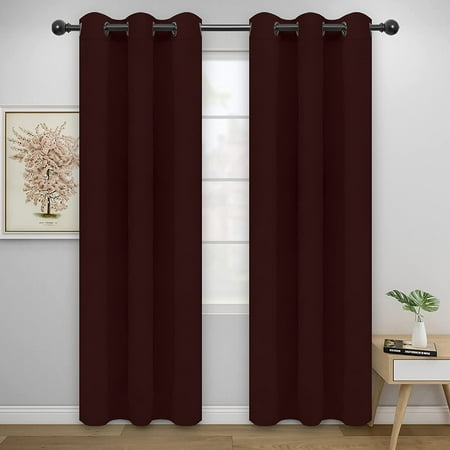
Floor-length thermal curtains will keep cold air trapped against windows and doors to better keep your first floor warm. Just ensure they do not cover heating vents.
4. Use portable heaters
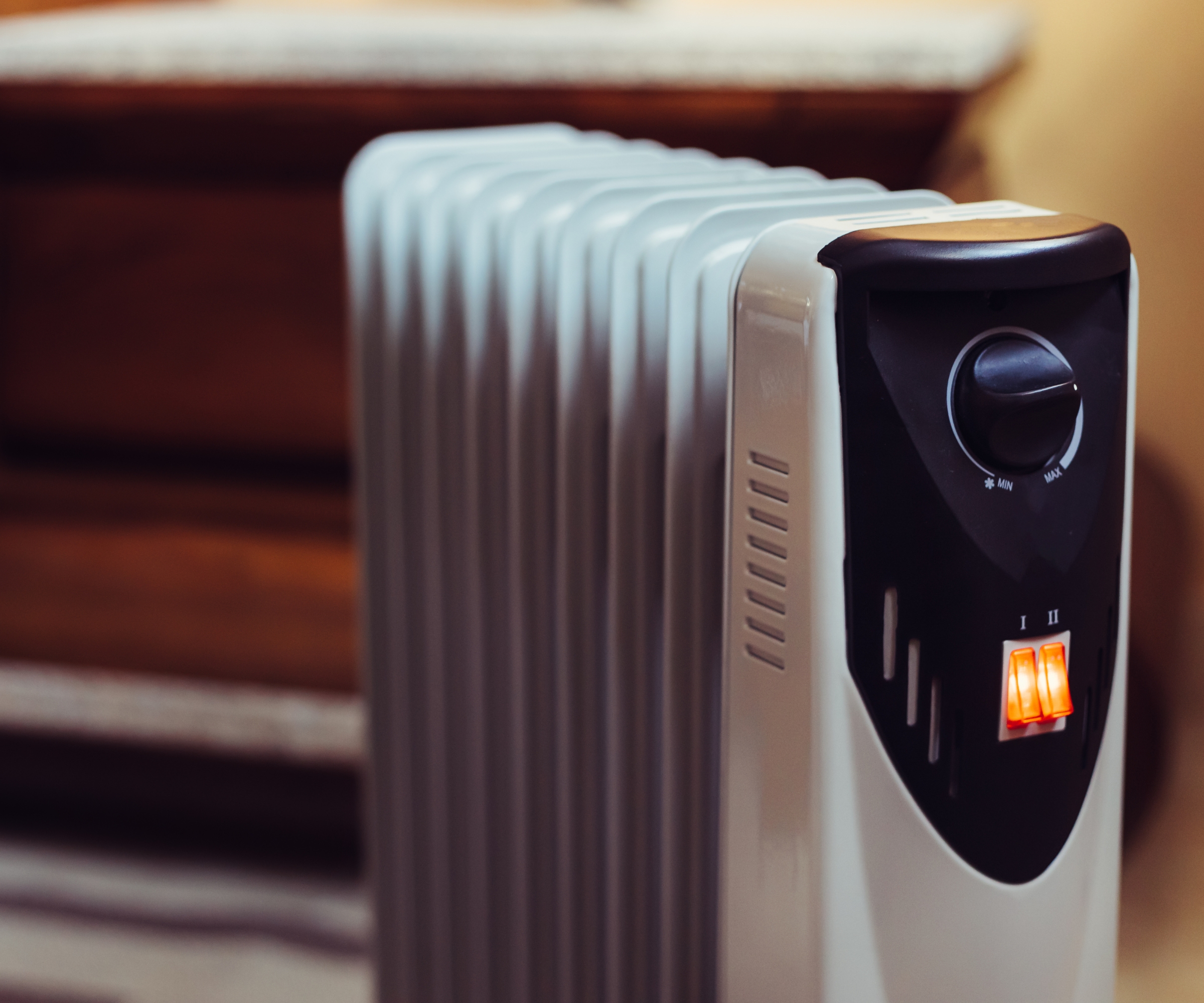
Ty Pennington, home renovation expert, continues, ‘For a more budget-friendly option, portable heaters are perfect for heating individual rooms or areas of your first floor. For bigger, drafty houses, they work especially well. So even if you got your HVAC system set to 71 ° Fahrenheit, you may want a portable heater in the room where you’re spending the most time, just to keep it at a temperature you really like in the winter when you crave that extra warmth.
‘It's so much better than heating your whole house to 75 degrees, which makes your HVAC work constantly and wastes a lot of energy and money. In terms of designs, there are portable heaters that look like old-school radiators, which can blend more naturally into a home’s interior, and I would say stick to ones that are 10 years old or newer for efficiency and safety.’
We have rounded up the best types of space heaters for warmth to help you make the best decision. Just be sure to never leave a space heater on overnight and be mindful of space heater mistakes to avoid to keep your home safe.
5. Close internal doors
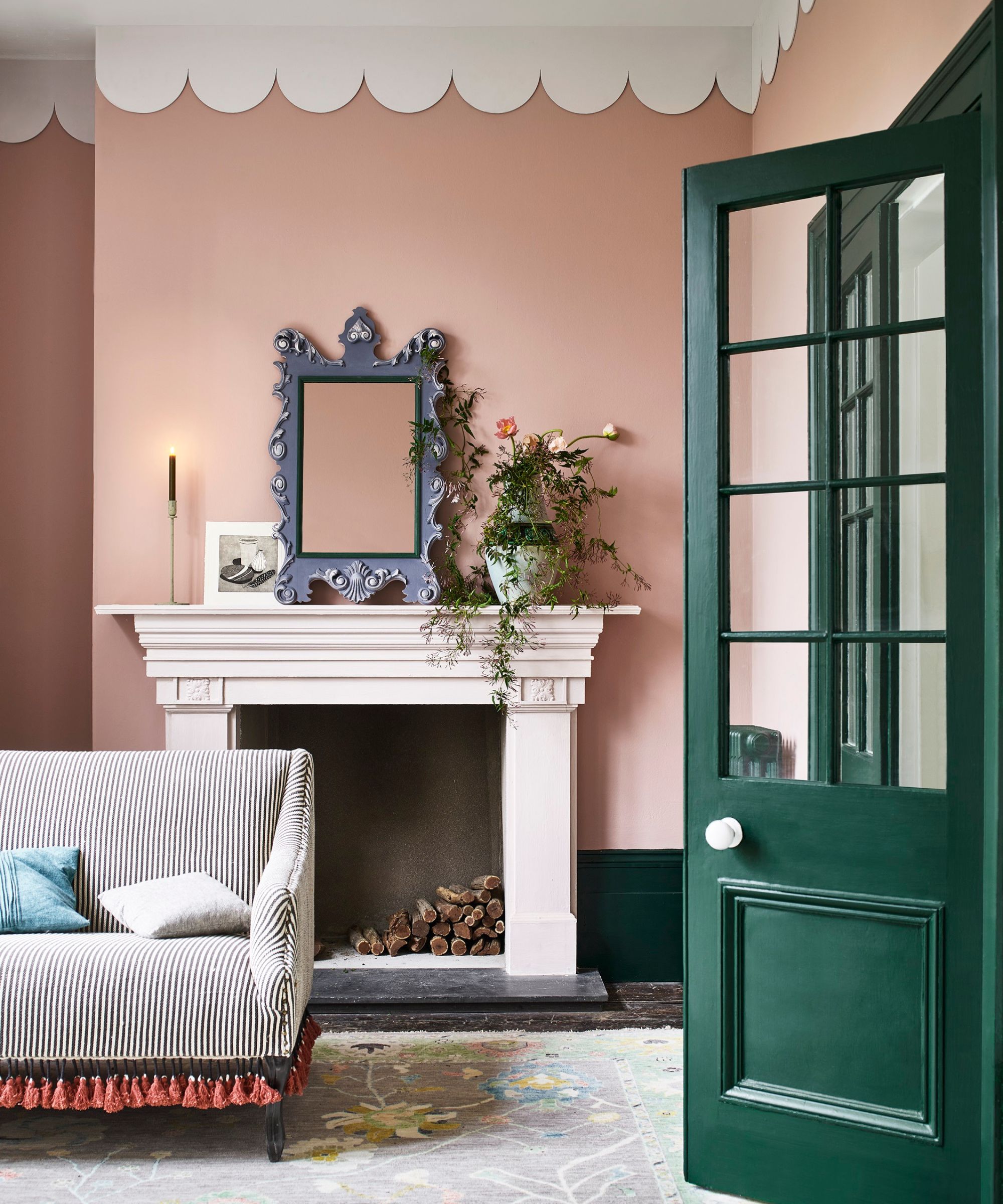
A common heating mistake that makes your house colder is leaving internal doors open for warm or cold air to pass freely. Closing internal doors will keep individual spaces warmer for longer by limiting some of this air transfer.
Josh Mitchell, HVAC technician says, ‘Keeping doors closed creates smaller spaces to heat, which can help maintain a warmer environment in frequently used areas. If you have staircases, consider using a door or heavy curtain to prevent warm air from rising to the upper floors. This will keep more heat on the first floor.’
6. Check vents are clear

A quick and easy way to ensure your first floor is being heated is to double-check your vents. Josh Mitchell explains, ‘Make sure the air vents on the first floor are fully open and not blocked by furniture or rugs. Balancing airflow can sometimes involve partially closing upper-floor vents to push more warm air downstairs.’
It is worth noting that many HVAC experts warn against fully closing vents in unused rooms, however, to avoid mold growth or damage to vent systems that may end up having to work harder than necessary.
You may also need to clean vents around your home regularly to make your heating more efficient.
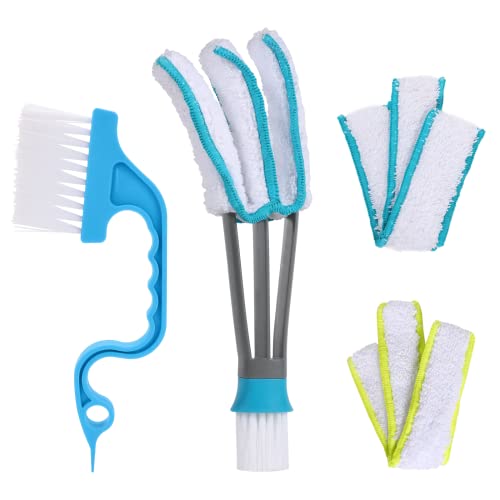
This dusting set has a brush with curved and long handles to make reaching and cleaning vents easier.
7. Try a mini-split system
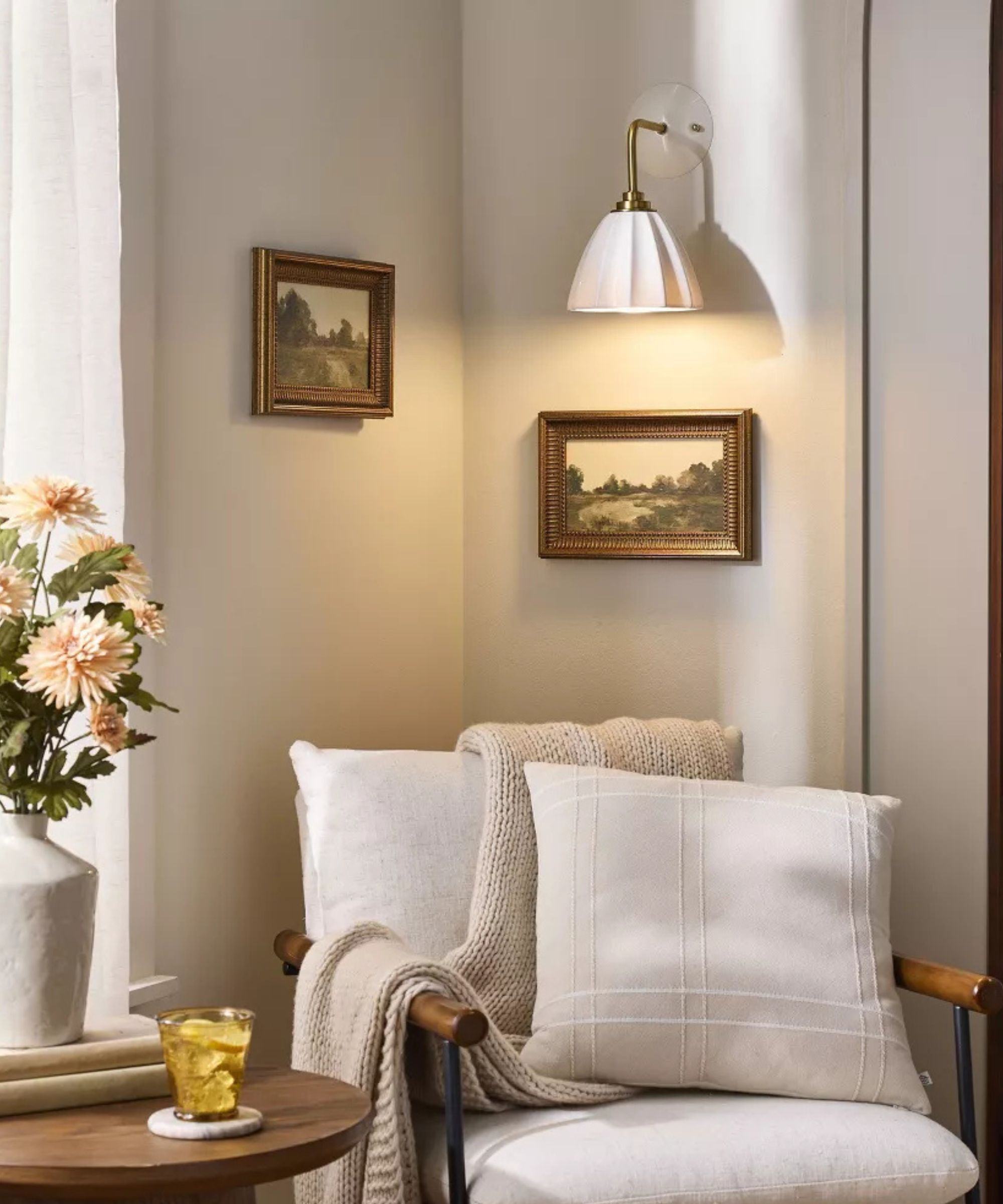
If a cold and drafty first floor is the norm for your home, then you might want to consider a more permanent solution to keep your home evenly heated.
Josh Mitchell, HVAC technician recommends, ‘For homes without balanced heating, installing a mini-split system on the first floor can add direct warmth without overhauling your central heating.’
Mini-split systems are heating and cooling systems that can regulate individual rooms and spaces in a home, making them ideal for cooling one room (such as a bedroom to achieve the perfect temperature for sleep) while warming up a living room for a cozy night in. They are often touted as the best way to heat a basement, too.
No matter what approach you take, remember that trying to keep a poorly insulated house warm will make your job ten times harder (and more expensive). Consider investing in quality insulation to keep all the floors of your home cozy through winter and cool through summer.
Sign up to the Homes & Gardens newsletter
Design expertise in your inbox – from inspiring decorating ideas and beautiful celebrity homes to practical gardening advice and shopping round-ups.

Chiana has been at Homes & Gardens for two years and is our resident 'queen' of non-toxic living. She spends most of her time producing content for the Solved section of the website, helping readers get the most out of their homes through clever decluttering, cleaning, and tidying tips. She was named one of Fixr's top home improvement journalists in 2024.
-
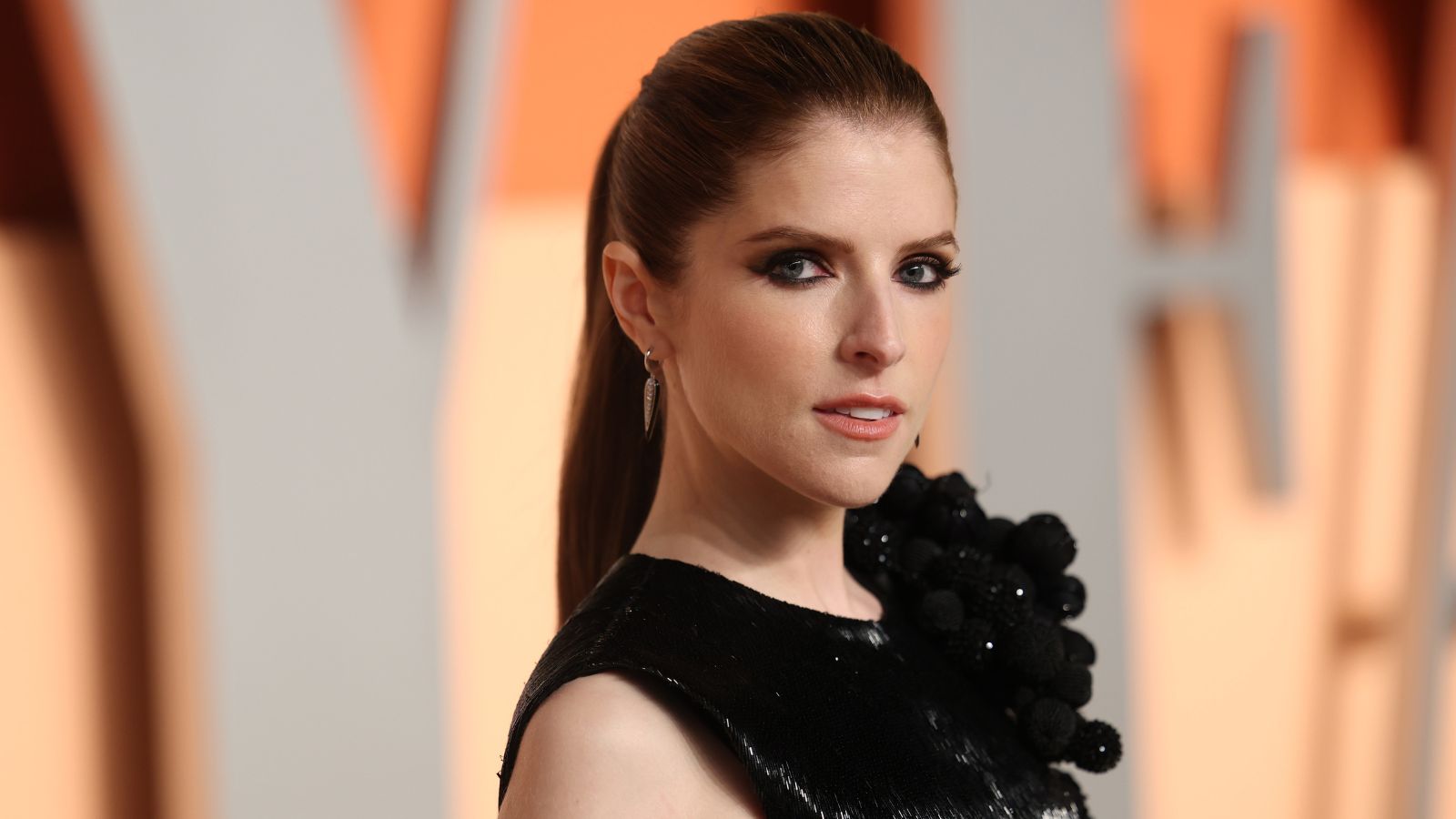 Anna Kendrick's favorite coffee maker is the first machine to make iced beverages that are 'just as cold as a coffee shop' – it's currently under $200
Anna Kendrick's favorite coffee maker is the first machine to make iced beverages that are 'just as cold as a coffee shop' – it's currently under $200The actress uses this smart machine to make perfect mocha frappes straight out of her kitchen – it's a summer 2025 must-have
By Hannah Ziegler
-
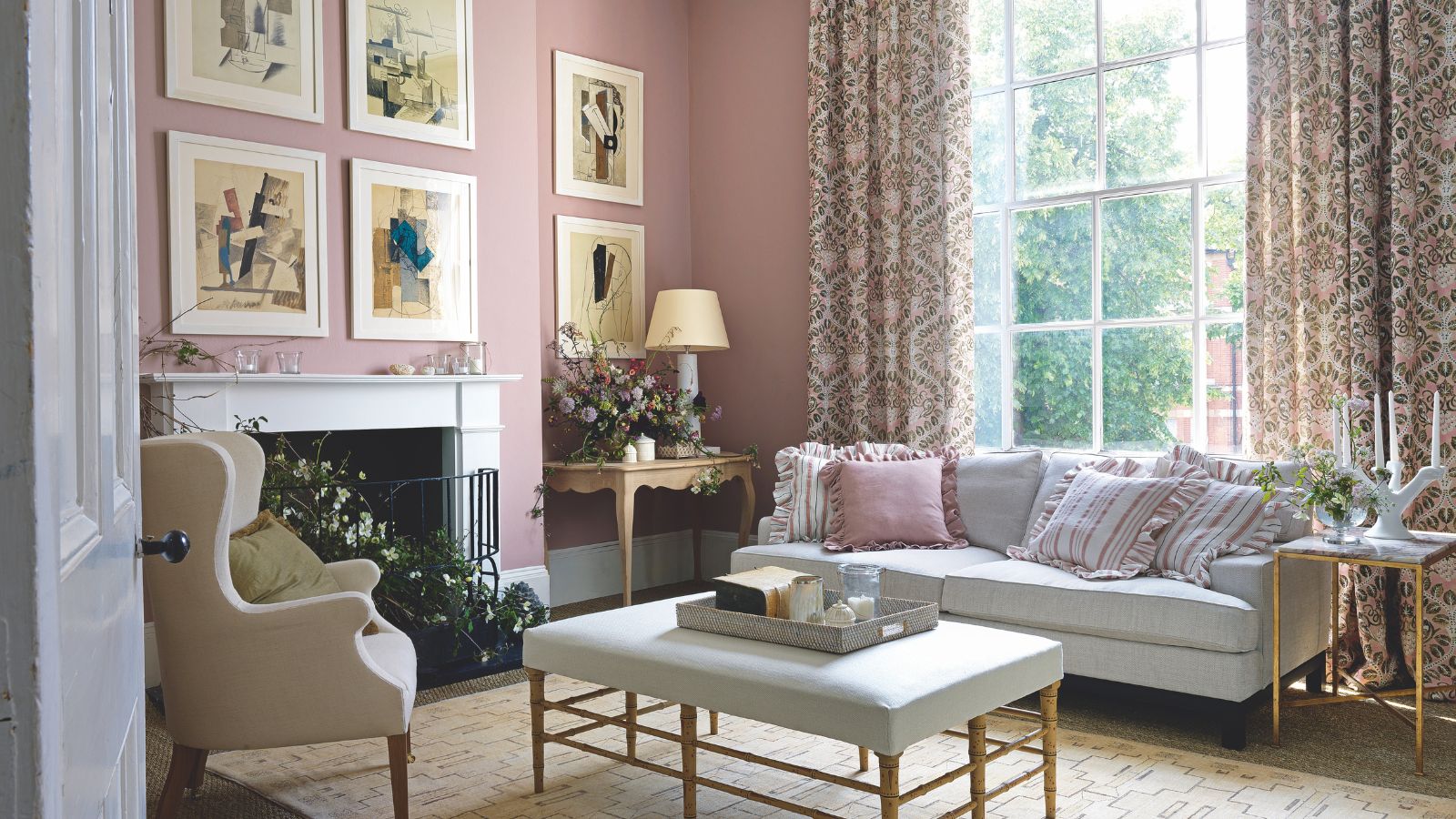 Put your 'purgatory place' and 'dust detective' in play – 6 expert tricks professional organizers use to effortlessly edit down belongings
Put your 'purgatory place' and 'dust detective' in play – 6 expert tricks professional organizers use to effortlessly edit down belongingsStress-free streamlining is entirely within sight
By Andy van Terheyden
-
 5 surprisingly practical ways to re-purpose old bed sheets for cleaning, decluttering and storage at home
5 surprisingly practical ways to re-purpose old bed sheets for cleaning, decluttering and storage at homeDon't ditch worn-out bedding – there's life in them yet
By Natasha Brinsmead
-
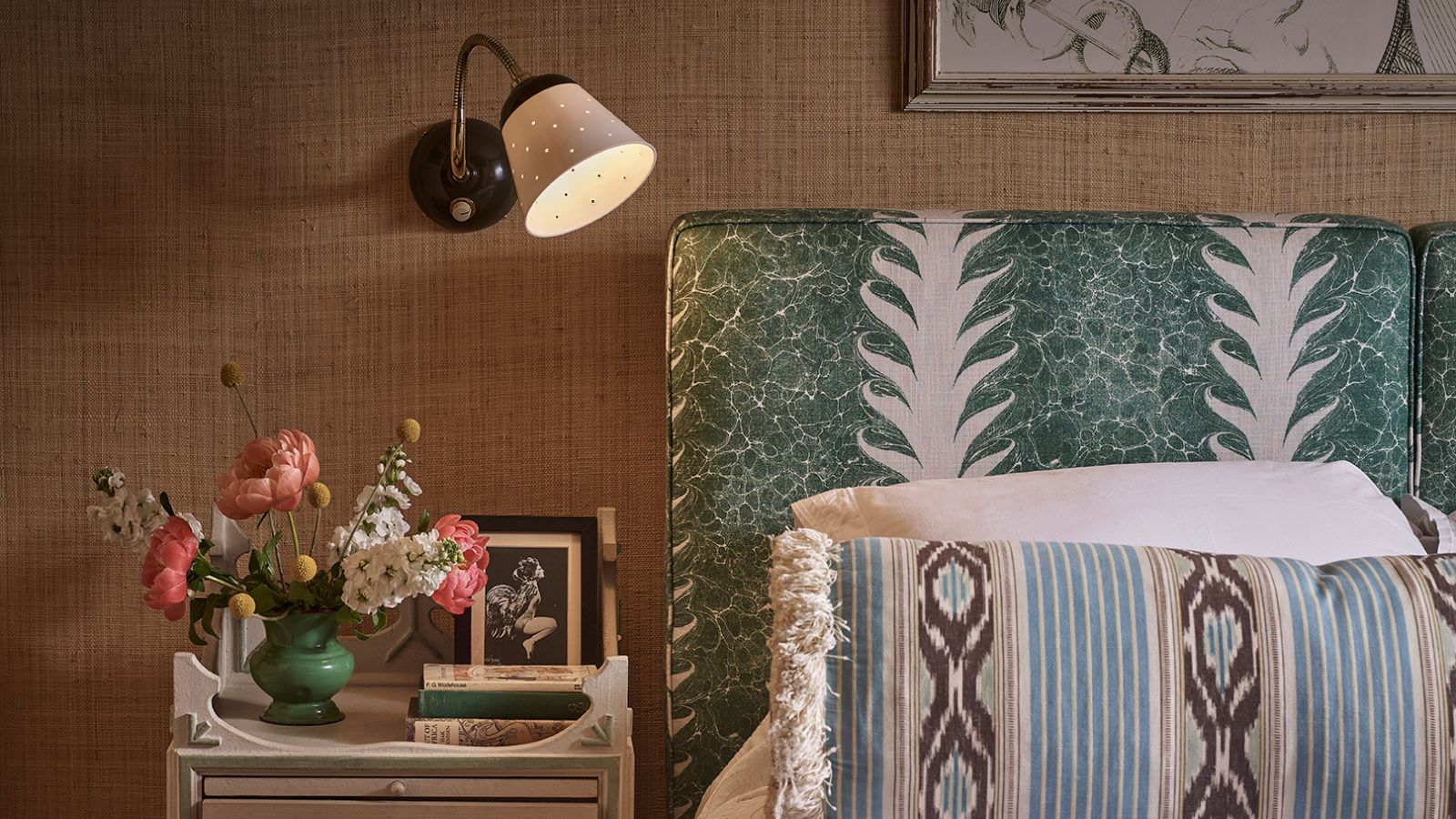 Do you need to turn the lights off when you leave a room? Experts have ended this time-honored debate once and for all
Do you need to turn the lights off when you leave a room? Experts have ended this time-honored debate once and for allOn or off? We delve into the details of this age-old dispute
By Chiana Dickson
-
 I tried the baking soda trick to quickly and naturally clean my outdoor rug – it’s now set for Easter outdoor hosting
I tried the baking soda trick to quickly and naturally clean my outdoor rug – it’s now set for Easter outdoor hostingBaking soda is perfect for lifting dirt and debris
By Eve Smallman
-
 The 5 worst things you can do to your fridge – these will drive up energy costs and result in pricey and regrettable repairs
The 5 worst things you can do to your fridge – these will drive up energy costs and result in pricey and regrettable repairsIt's crucial to swerve these blunders, appliance experts warn
By Ottilie Blackhall
-
 Extend the lifespan of your appliance with 5 simple but crucial washing machine maintenance tips
Extend the lifespan of your appliance with 5 simple but crucial washing machine maintenance tipsFrom cleaning the filters to keeping the door open, experts reveal the washer tips they swear by
By Andy van Terheyden
-
 5 vital ways a home battery backup can help with your most urgent needs in a power outage – from heating to flood prevention and calls
5 vital ways a home battery backup can help with your most urgent needs in a power outage – from heating to flood prevention and callsExperts say they're a worthy investment
By Clement Feng
-
 I’m an HVAC technician, and this is when I turn on my AC each year – plus 5 checks I always do beforehand
I’m an HVAC technician, and this is when I turn on my AC each year – plus 5 checks I always do beforehandSave yourself an AC hassle by running my checks and turning it on before big heat hits
By Josh Mitchell
-
 6 things you should never throw in the trash – and what to do for safe disposal instead
6 things you should never throw in the trash – and what to do for safe disposal insteadFrom batteries to space heaters, experts reveal what not to throw
By Andy van Terheyden